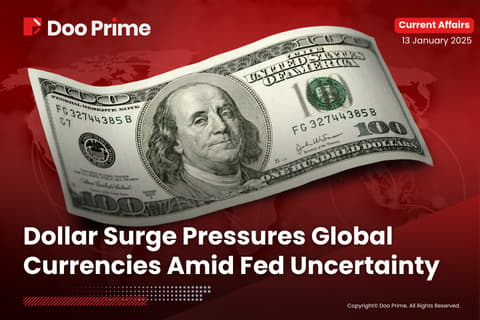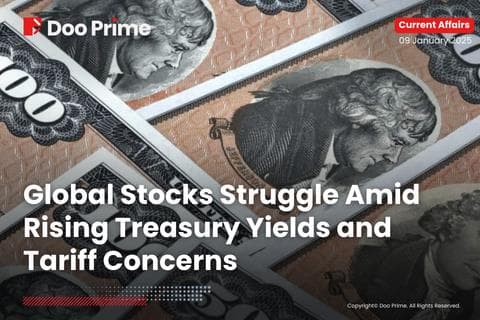WORLDWIDE: HEADLINES
U.S. Buybacks Seen At Record Highs Ahead Of Earnings Reports
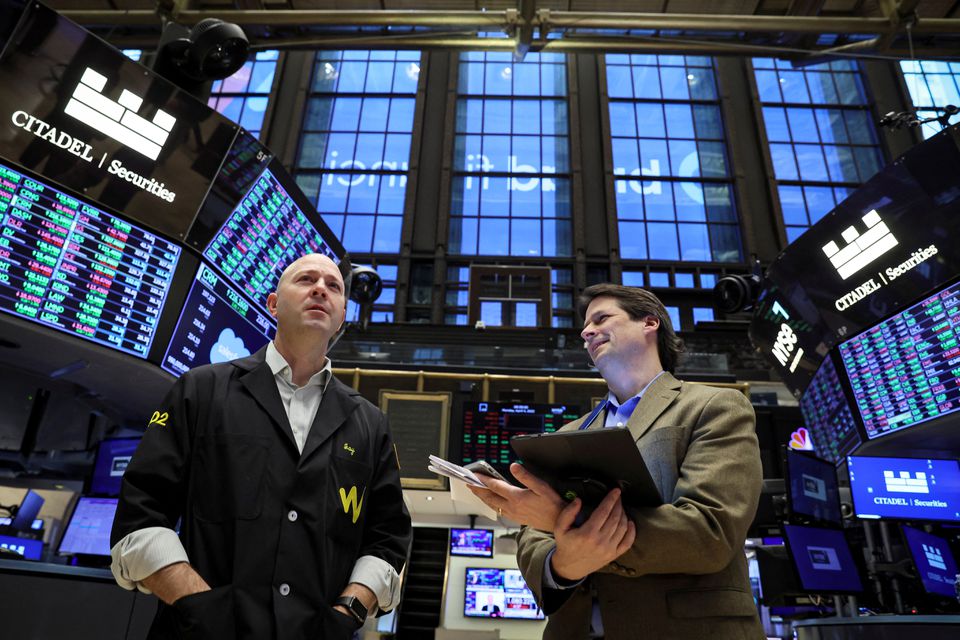
U.S. stock buybacks appear to be hitting new records as companies head into quarterly earnings season, even as some investors worry about the growing threat of inflation, a potential recession and stagnant share prices.
New repurchase announcements by U.S. companies reached over $300 billion in the first quarter, with March showing a strong year over year increase, suggesting buybacks have remained resilient in recent weeks, according to financial data firm EPFR, Informa Financial Intelligence.
Seen as a major contributor to Wall Street’s gains in the past several years, stock buybacks will be in the spotlight when results are unveiled. Companies typically buy back their shares when they are feeling confident about the future and view their stock prices as undervalued.
Investors are broadly worried about inflation and the threat of a recession on corporate outlooks, which could sour the willingness of companies to return money to shareholders in the form of big buybacks and dividends.
JPMorgan (JPM.N) Chief Executive Officer Jamie Dimon said on Monday his bank would reduce its stock buybacks over the next year to meet capital increases required by federal rules.
Also on Monday, Starbucks Corp (SBUX.O) said it would pause billions of dollars of stock buybacks to invest more in employees and stores at a time when the coffee seller faces growing unionization of its U.S. workforce.
“I don’t think these are one-offs. I think you’re going to see more companies perhaps slow down their buyback process and be more like they were in early 2020, thinking, ‘how much cash do I need on my balance sheet to weather this particular storm if in fact we go into a recession’,” predicted Art Hogan, chief market strategist at National Securities in New York.
S&P 500 companies plowed around $880 billion into buying their own shares last year, up from $520 billion in 2020, according to S&P Dow Jones Indices.
Goldman Sachs in a report last month estimated S&P 500 companies in 2022 will spend $1 trillion buying up their own shares
Full coverage: REUTERS
China’s Services Sector Activity Squeezed By Omicron Surge – Caixin PMI

Activity in China’s services sector contracted at the steepest pace in two years in March as the local surge in coronavirus cases restricted mobility and weighed on client demand, a private sector survey showed on Wednesday.
The Caixin services Purchasing Managers’ Index (PMI) dived to 42.0 in March from 50.2 in February, dropping below the 50-point mark that separates growth from contraction on a monthly basis. The reading indicates the sharpest activity decline since the initial onset of the pandemic in February 2020.
The survey, which focuses more on small firms in coastal regions, tallied with the gauge of an official survey, which also showed the deterioration in the services sector.
Analysts say contact-intensive services sectors such as transportation, hotel and catering were hurt the most, clouding the outlook for a much anticipated rebound in consumption this year.
A sub-index for new business reported a second consecutive monthly fall, with the declining pace accelerating to the fastest since March 2020. Firms’ input prices expanded in March after easing to a six-month low in February.
The virus outbreaks and softer demand reduced firms’ appetite for additional staff, leading to a decline in an employment sub-index.
While firms remained generally upbeat about output over the next year, optimism slipped to a 19-month low amid concerns over the pandemic and the economic fallout from the Ukraine war.
Caixin’s March composite PMI, which includes both manufacturing and services activity, slumped to 43.9 from 50.1 in the previous month, signalling the quickest reduction since the height of the country’s COVID-19 outbreak in 2020.
“Overall, both manufacturing and services activities weakened in March due to the epidemic. Similar to previous COVID outbreaks in China, the services sector was more significantly affected than manufacturing,” said Wang Zhe, Senior Economist at Caixin Insight Group, in a statement accompanying the data release.
“Policymakers should look out for vulnerable groups and enhance support for key industries and small and micro businesses to stabilise market expectations.”
The Caixin PMI is compiled by S&P Global from responses to questionnaires sent to purchasing managers in China.
Full coverage: REUTERS
WORLDWIDE: FINANCE/BUSINESS
Asian Stocks Skid, Bond Yields Up After Hawkish Fed Comments
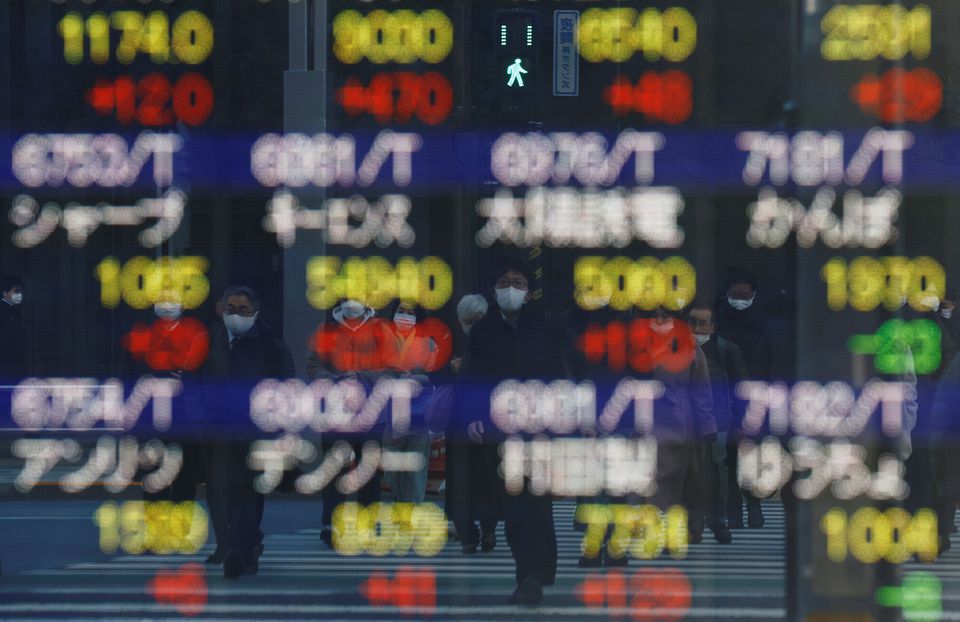
Asian share markets slipped on Wednesday as investors faced up to the possibility of aggressive monetary tightening by the U.S. Federal Reserve to fight inflation, while focus was also on new Western sanctions against Russia over its invasion of Ukraine.
U.S. Treasury yields hit multi-year highs and stock markets were red after Fed Governor Lael Brainard said overnight that she expected a combination of interest rate rises and a rapid balance sheet runoff to take U.S. monetary policy to a “more neutral position” later this year.
In morning trade in Asia, Japan’s Nikkei (.N225) shed nearly 2.0%, while South Korean shares (.KS11) fell 0.9% and Australian shares (.AXJO) lost 0.75%.
MSCI’s broadest index of Asia-Pacific shares outside Japan (.MIAPJ0000PUS) skidded 1.3%.
Hong Kong’s Hang Seng index (.HIS) was down 1.3%, moving away from a one-month high hit on Monday. Shanghai (.SSEC) lost 0.1% as markets in mainland China reopened after two days of public holidays.
Activity in China’s services sector shrank at the steepest pace in two years in March as a local Omicron surge restricted mobility and weighed on client demand, a closely watched private sector survey showed on Wednesday.
On Tuesday, Chinese authorities extended a COVID-19 lockdown in Shanghai to cover all of the financial centre’s 26 million people, despite growing anger over quarantine rules in the city.
Investors’ focus on Wednesday will be on the release of minutes from the Fed’s last policy meeting, which they are expected to scrutinise for clues on the prospect of a 50 basis point hike at the U.S. central bank’s next meeting in May.
“It’s currently considered an 80% chance the Fed will take that course,” said Kyle Rodda, a market analyst at IG in Melbourne. Investors hadn’t fully priced in such a move, so greater evidence for it may move markets, Rodda added.
“There’s expectation the Fed could hike 50 bps in June too, and if that becomes more likely, then a repricing of those risks could spark another spike in volatility,” he said.
The European Central Bank will publish its minutes on Thursday.
Investors were also waiting to see how a fresh round of Western sanctions on Russia would play out.
Full coverage: REUTERS
Dollar Rises Towards 2-year High After Fed Policy Maker’s Comments
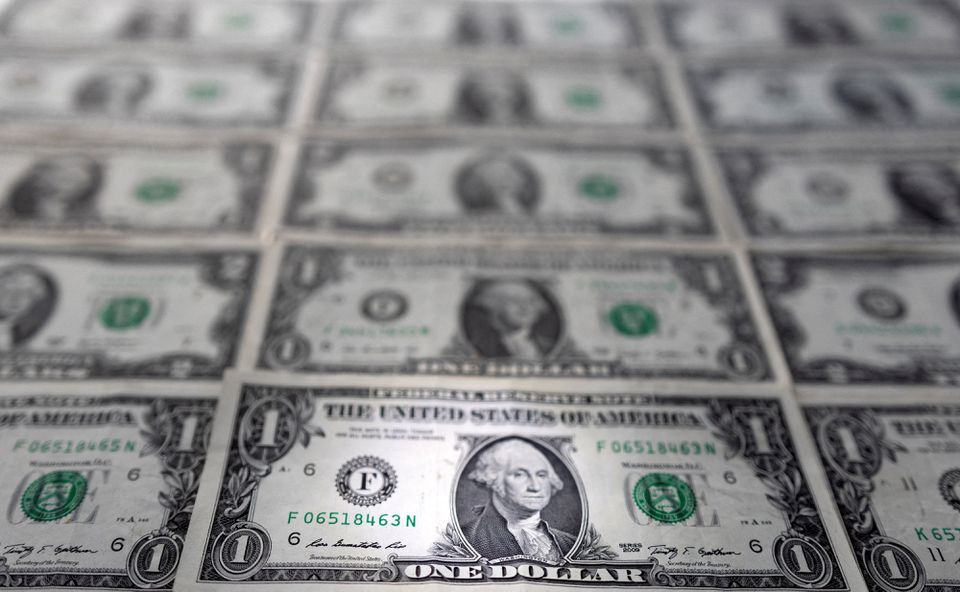
The dollar edged up to its highest level in nearly two years on Wednesday after jumping overnight on more hawkish comments from a Federal Reserve official, while the euro was hurt by the prospect of new Western sanctions on Russia.
The dollar index, which measures the greenback against six peers, gained 0.15% in early trade to 99.620, its highest level since May 2020.
The index gained 0.5% on Tuesday after Fed Governor Lael Brainard said she expects a combination of interest rate increases and a rapid balance sheet runoff to bring U.S. monetary policy to a “more neutral position” later this year, with further tightening to follow as needed.
Brainard is normally seen as a more dovish policy maker.
“Brainard’s comments are the proximate cause of the back up in yields and the firmer dollar that we’ve got,” said Ray Attrill, global head of FX strategy at National Bank of Australia.
The U.S. 2-year yield is at its highest level since January 2019, the 5-year yield its highest since December 2018, and the benchmark 10-year yield rose to 2.6120%, its highest since April 2019.
“But when we talk about the dollar, it’s difficult to divorce it from the euro-dollar exchange rate, given its weight in the index, and the euro has been done no favours by the latest talk about broadening sanctions, which is opening up bad news for the eurozone economy,” Attrill added.
The euro was at $1.0894 on Wednesday its lowest level in nearly a month.
Proposed European Union sanctions would ban buying Russian coal and prevent Russian ships from entering EU ports, part of a ramp up of western sanctions on Russia over its nearly six-week invasion of Ukraine after dead civilians shot at close range were discovered in the town of Bucha, seized back from Russian forces.
Russia denied targeting civilians in Bucha.
The dollar’s gains were broad based. It rose 0.27% against the Japanese yen to 123.94, its highest in a week, and heading back towards March’s near seven-year peak of 125.1.
The Bank of Japan is holding Japanese yields down, and the widening gap between U.S. and Japanese yields is weighing on the yen.
Full coverage: REUTERS
Oil Mixed As New Russia Sanctions Offset Demand Worries

Oil futures were mixed on Wednesday, recovering from early losses, as the threat of new sanctions on Russia raised supply concerns, countering fears of weaker demand following a build in U.S. crude stockpiles and Shanghai’s extended lockdown.
Brent crude futures were up 11 cents, or 0.1%, at $106.75 a barrel as of 0339 GMT, having fallen to $105.06 earlier in the session.
U.S. West Texas Intermediate futures fell 11 cents, or 0.1%, to $101.85 a barrel, after dipping to as low as $100.37 in an early trade.
The United States and its allies on Wednesday prepared new sanctions on Moscow over civilian killings in northern Ukraine, which President Volodymyr Zelenskiy described as “war crimes” demanding commensurate punishment. Russia denied targeting civilians.
“Concerns grew again over supply tightness as United States and Europe are stepping up sanctions on Russia,” said Toshitaka Tazawa, an analyst at Fujitomi Securities Co Ltd.
Proposed EU sanctions, which the bloc’s 27 member states must approve, would ban buying Russian coal and prevent Russian ships from entering EU ports. Britain also urged G7 and NATO nations to agree a timetable to phase out oil and gas imports from Russia.
The growing supply concerns erased earlier price falls due to a stronger dollar, which makes oil more expensive for holders of other currencies, and a surprise build in U.S. crude stockpiles.
The dollar edged up to its highest level in nearly two years on Wednesday after jumping overnight on more hawkish comments from a Federal Reserve official.
U.S. crude and distillate stocks rose last week while gasoline inventories dipped, according to market sources citing American Petroleum Institute figures on Tuesday.
Crude stocks rose by 1.1 million barrels for the week ended April 1, against analysts’ forecast of a decline of 2.1 million barrels.
Demand worries also mounted after authorities in top oil importer China extended a lockdown in Shanghai to cover all of the financial centre’s 26 million people.
“Higher dollar, an increase in U.S. crude stockpile and concerns over weaker demand in China due to Shanghai’s continued lockdown added to pressure in early trade,” said Hiroyuki Kikukawa, general manager of research at Nissan Securities.
Full coverage: REUTERS

